Buy the photo Sunset at Castle Combe by Jeroen de Jongh Photography on canvas, ArtFrame, poster and wallpaper, printed on demand in high quality.
About "Sunset at Castle Combe"
by Jeroen de Jongh Photography
About the artwork
Castle Combe is a village and civil parish in the Cotswolds Area of Outstanding Natural Beauty in Wiltshire, England. No new houses have been built in the historic area since about 1600. Castle Combe was named the most beautiful village in England in 1961.
A Roman villa once stood about five miles from the village, indicating Roman occupation of the area. The site has been excavated at least three times, the first by Scrope in 1852 and the most recent in 2010. Some reports refer to the site as the North Wraxall or the Truckle Hill villa. Evidence of a bathhouse and corn drying ovens were found, the latter from the 4th century. The villa itself apparently contained 16 rooms, and there were additional buildings and a cemetery. Not far from the villa, in 1985, Neolithic flint tools and Iron Age brooches were also discovered.
The village takes its name from the 12th-century castle that stood about 500 m to the north. On the site where the castle once stood, only the old earthwork and masonry now stand, estimated to date from the 12th century. The 14th-century market cross, erected when the privilege was granted to hold a weekly market at Castle Combe, stands where the three main streets of the lower village meet.
By the 17th century, John Aubrey declared that a market was held on the site of the old castle. In the late 18th century, the level of the Bybrook River dropped so that it could no longer be used to power mills. During that century, the cloth industry began to leave the area; "industrial prosperity was over and the population was declining." Notable houses include the Dower House, from the late 17th century which is now listed.

About Jeroen de Jongh Photography
I'm Jeroen, and I'll spare you the long introduction. ;) If you're looking for a landscape photo for your wall, you've come to the right place... Read more…
 Germany
Germany Ordered in December 2023
Ordered in December 2023
 Netherlands
Netherlands Ordered in May 2021
Ordered in May 2021
 Netherlands
Netherlands Ordered in June 2019
Ordered in June 2019
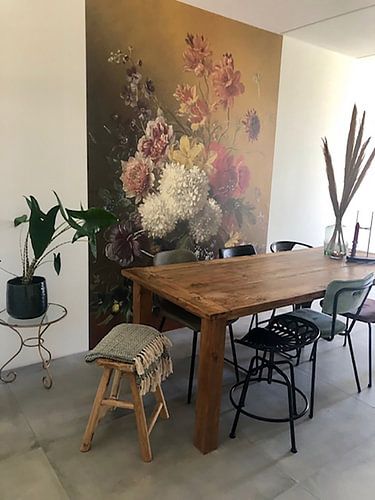
 Netherlands
Netherlands Ordered in October 2019
Ordered in October 2019
 Netherlands
Netherlands Ordered in December 2023
Ordered in December 2023
 Germany
Germany Ordered in February 2022
Ordered in February 2022
 Netherlands
Netherlands Ordered in June 2024
Ordered in June 2024
 Germany
Germany Ordered in December 2019
Ordered in December 2019
 Germany
Germany Ordered in January 2023
Ordered in January 2023
 Germany
Germany Ordered in October 2019
Ordered in October 2019
 Netherlands
Netherlands Ordered in December 2021
Ordered in December 2021
 Netherlands
Netherlands Ordered in December 2021
Ordered in December 2021
About the material
ArtFrame™
Interchangeable Art Prints
- High-quality print
- Easily interchangeable
- Acoustic function
- Large sizes available
Discover the artworks of Jeroen de Jongh Photography
 Full moon at the flower marketJeroen de Jongh Photography
Full moon at the flower marketJeroen de Jongh Photography Lange HavenJeroen de Jongh Photography
Lange HavenJeroen de Jongh Photography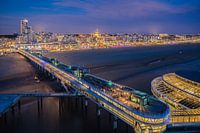 Scheveningen PierJeroen de Jongh Photography
Scheveningen PierJeroen de Jongh Photography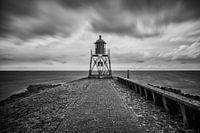 Lighthouse StavorenJeroen de Jongh Photography
Lighthouse StavorenJeroen de Jongh Photography April 25th BridgeJeroen de Jongh Photography
April 25th BridgeJeroen de Jongh Photography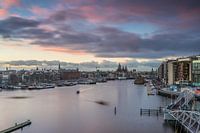 OosterdokJeroen de Jongh Photography
OosterdokJeroen de Jongh Photography Climb to the lightJeroen de Jongh Photography
Climb to the lightJeroen de Jongh Photography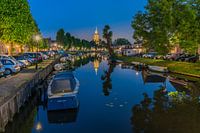 MonnickendamJeroen de Jongh Photography
MonnickendamJeroen de Jongh Photography Kissing Couple XXXLJeroen de Jongh Photography
Kissing Couple XXXLJeroen de Jongh Photography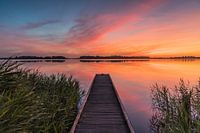 Sunrise at the TwiskeJeroen de Jongh Photography
Sunrise at the TwiskeJeroen de Jongh Photography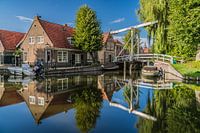 Zonnepad MonnickendamJeroen de Jongh Photography
Zonnepad MonnickendamJeroen de Jongh Photography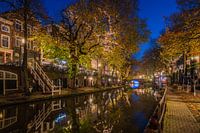 Oudegracht UtrechtJeroen de Jongh Photography
Oudegracht UtrechtJeroen de Jongh Photography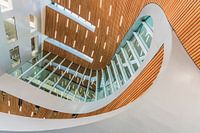 Arnhem Central StationJeroen de Jongh Photography
Arnhem Central StationJeroen de Jongh Photography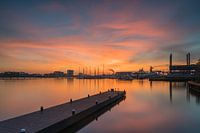 NDSM sunsetJeroen de Jongh Photography
NDSM sunsetJeroen de Jongh Photography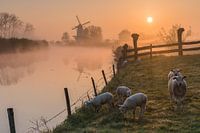 Mill de Vlinder on a misty morning in the BetuweJeroen de Jongh Photography
Mill de Vlinder on a misty morning in the BetuweJeroen de Jongh Photography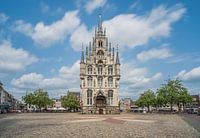 Town Hall of Gouda at the MarketJeroen de Jongh Photography
Town Hall of Gouda at the MarketJeroen de Jongh Photography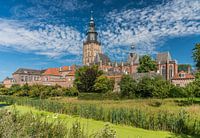 Swans at the skyline of ZutphenJeroen de Jongh Photography
Swans at the skyline of ZutphenJeroen de Jongh Photography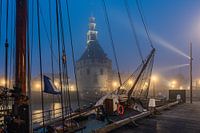 Hoorn's Hoofdtoren in the mistJeroen de Jongh Photography
Hoorn's Hoofdtoren in the mistJeroen de Jongh Photography Rocking in foggy RansdorpJeroen de Jongh Photography
Rocking in foggy RansdorpJeroen de Jongh Photography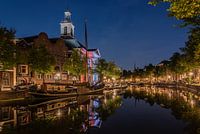 Peace and quiet at Schiedam's Lange HavenJeroen de Jongh Photography
Peace and quiet at Schiedam's Lange HavenJeroen de Jongh Photography













 England
England Europe
Europe Nostalgic Memories
Nostalgic Memories Photo wallpaper
Photo wallpaper Photography
Photography Romantic Moments
Romantic Moments Serene Peace
Serene Peace Sunset
Sunset









